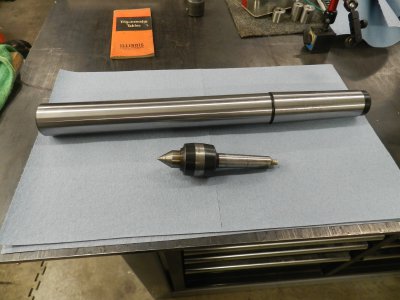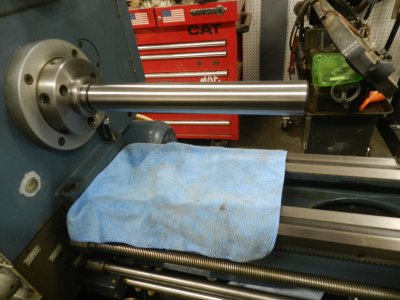There have been previous posts on the subject, it just takes a bit of time to dial it in and very small movement on the adjustment screws as is outlined in the manual. I do not fully loosen the headstock bolts, keep some tension on them so the head stays taught. Make sure the bed is level first with a high precision level. I prefer using "Rollie's Dad's Method" for aligning the headstock or a precision MT test bar, then tightening the headstock bolts, rechecking and doing a 2 ring test.
I determined that the headstock on my PM-1236 is badly out of alignment so I have been attempting to perform the alignment per the manual. I obtained a 1.5 inch precision ground 12 inch bar that was mounted in the 4 jaw chuck and centered. Moving the dial indicator from the chuck to the end of...

www.hobby-machinist.com

www.hobby-machinist.com




